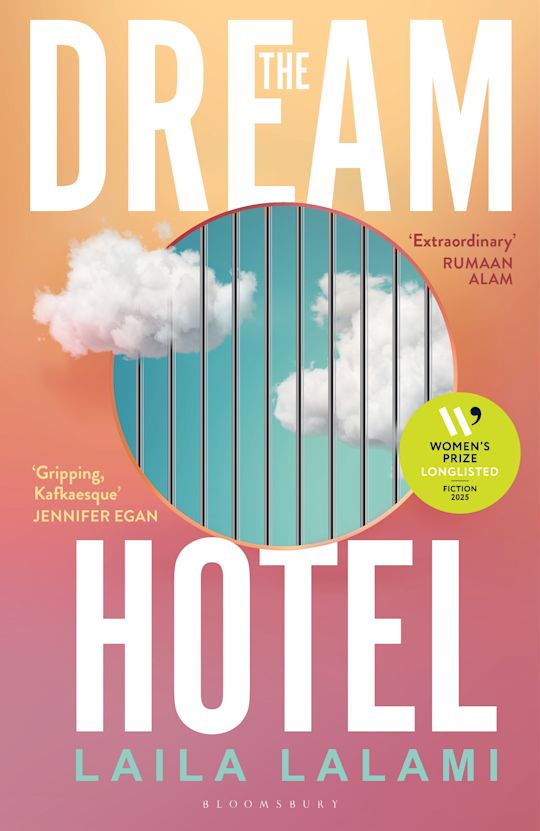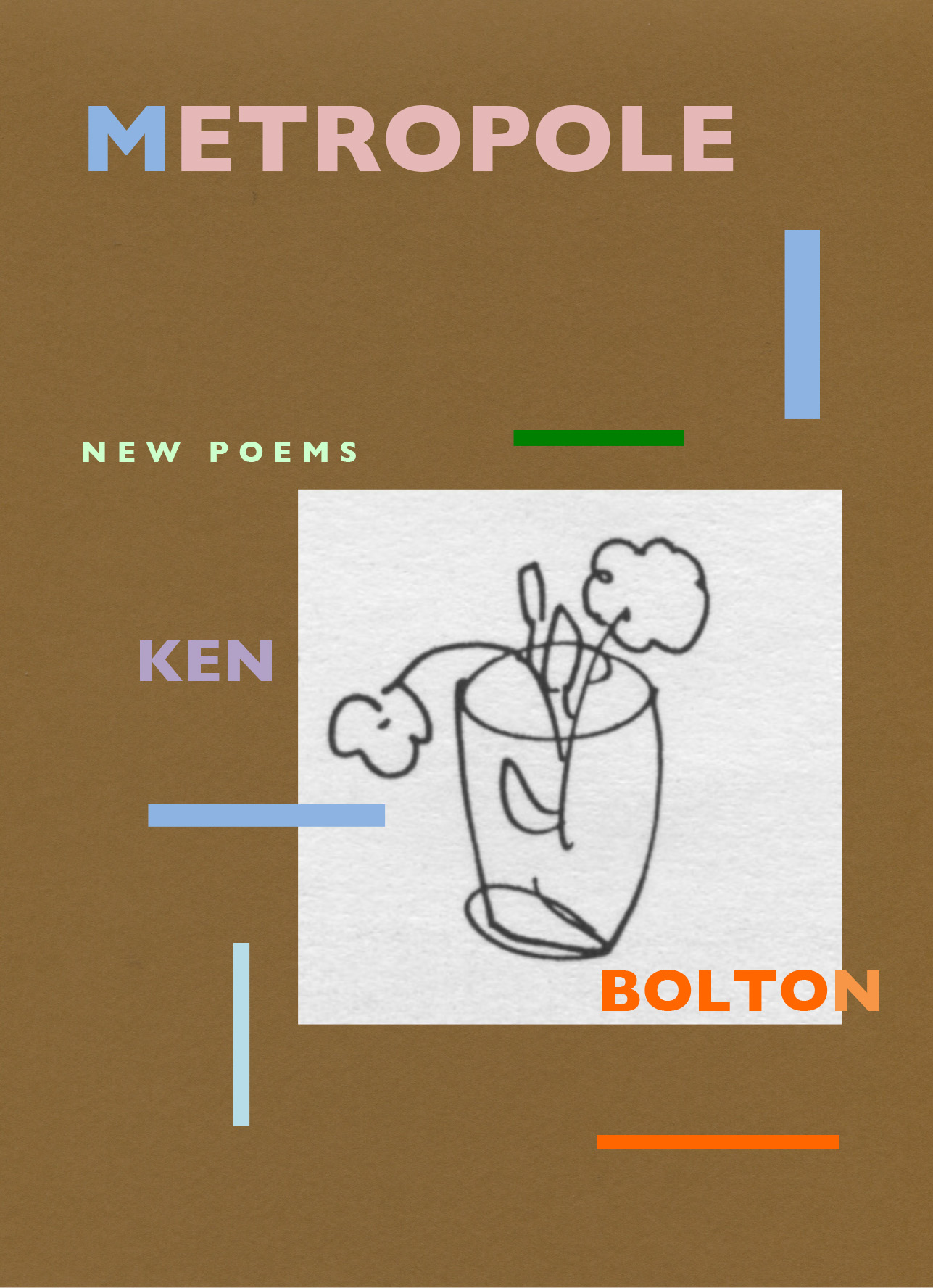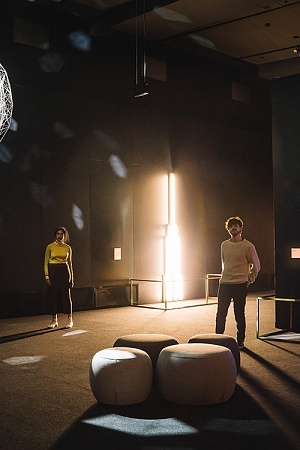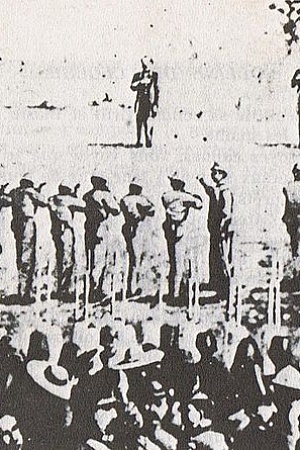Amsterdam Phoenix
The Rijksmuseum used to be the dullest of the major European collections. It looked as though Ursula Hoff had painted all the pictures. An air of dowdiness hung over the massive building and crowded collections where the good and the great indiscriminately mixed in with the mediocre in warren-like galleries with an over-supply of the decorative arts.
After years of ‘recuperation’, as the Spanish architects Cruz and Cortiz call their work, the ‘new’ Rijks has risen phoenix-like to give the most compelling account of its national school. The transformation came neither easily nor cheaply at 375 million euros and a shuttered museum for a decade.
Continue reading for only $10 per month. Subscribe and gain full access to Australian Book Review. Already a subscriber? Sign in. If you need assistance, feel free to contact us.















Leave a comment
If you are an ABR subscriber, you will need to sign in to post a comment.
If you have forgotten your sign in details, or if you receive an error message when trying to submit your comment, please email your comment (and the name of the article to which it relates) to ABR Comments. We will review your comment and, subject to approval, we will post it under your name.
Please note that all comments must be approved by ABR and comply with our Terms & Conditions.